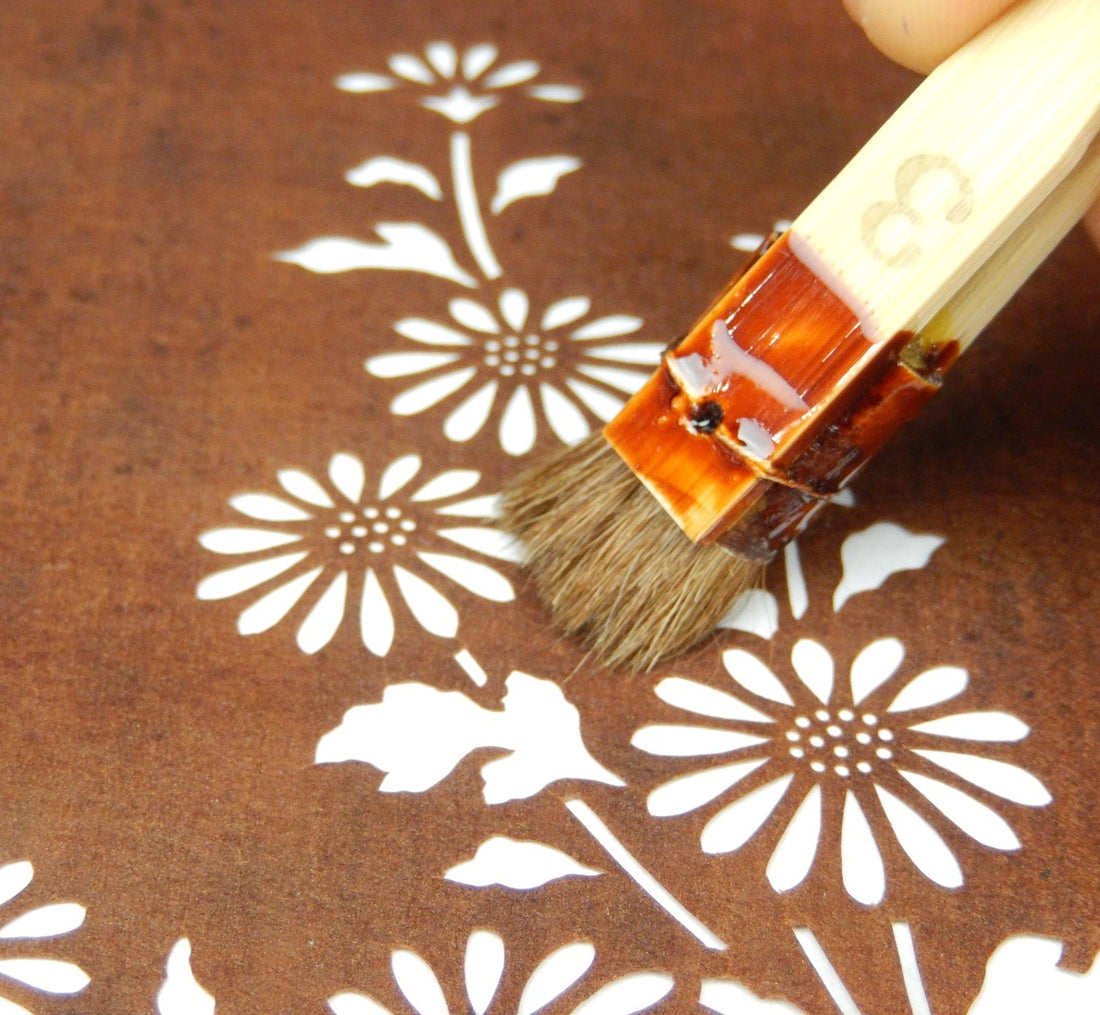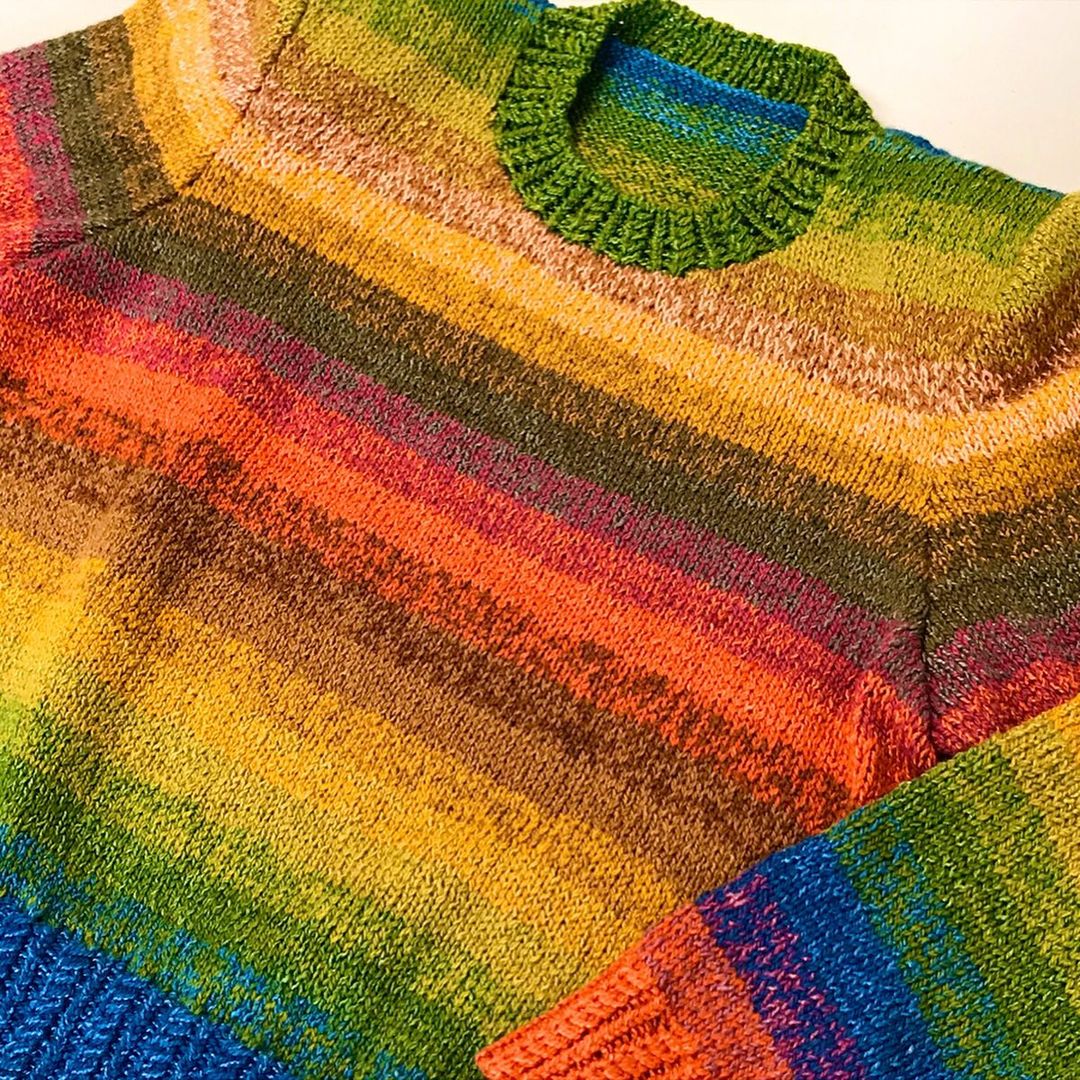Have you ever heard of Yuzen or Katazome?
Yuzen and Katazome are traditional ways of Japanese dyeing.
They can make beautiful patterns such as this photo.

The technic of dyeing that uses a glue called anti-dye paste for creating areas with uncolored patterns is Yuzen which is named after Miyazaki Yuzensai, a kimono artist.
However, there are two main ways to do Yuzen.
(1) The method of placing the glue using a stencil
(2) The method of placing glue using a conical tube
Generally speaking
(1) is called "Katazome" (stencil dyeing)
(2) is called "Tsutsugaki"
These explanations are definitions of Yuzen and Katazome.
①Katazome
Katazome is a technique in which anti-dye paste is applied to the fabric while the stencil is in place, and dyeing is done in that state so that the area where the paste is placed will not be dyed.
[What you need]
- Anti-dye paste
- Gauze
- Spatula or nylon brush
- Stencil paper (Shibugami or chemical paper)
- Cutter (Used to engrave patterns on patterned paper)
- Round drill (Used to cut out a round hole in patterned paper)
Once you have prepared the anti-dye paste, you can use Katagami (there are two types: chemical paper or Shibugami. Shibugami is Japanese paper coated with persimmon juice called Kakishibu and has been used since the Edo period). Katagami is then placed on the cloth to be dyed. Then you will use a spatula or a nylon brush to apply the paste to the paper.
Dye the cloth, and you are sure to get a beautiful pattern.
②Tsutsugaki
Tsutsugaki is a technique in which anti-dye paste is placed directly on the fabric using a conical tube called Tsutsugawa (in the picture), and dyeing is done in this state so that the area where the anti-dye paste is placed is not dyed.

[What you need]
Tsutsugaki is a dyeing technique that uses a Tsutsugawa (think of it like that thing you squeeze whipped cream out of). It is a layer of Japanese paper pasted with persimmon juice called Kakishibu. The metal fittings that are attached to the end of the skin are called "Sagkiane," "Hiragane," and "Nakagane." In this technique, you will put the anti-dye paste inside the Tsutsugawa. So, the paste is drawn into the fabric, and then dyeing is done with a brush.
There are many types of Sakigane, Hiragane, and Nakagane, up to the size. Therefore choose the one that best suits the pattern you want to draw. Sakigane and Hiragane are used by attaching them to the tip of the Nakagane.
Looking at this point, it may seem a bit difficult. For beginners, Katazome is probably a safer choice.



